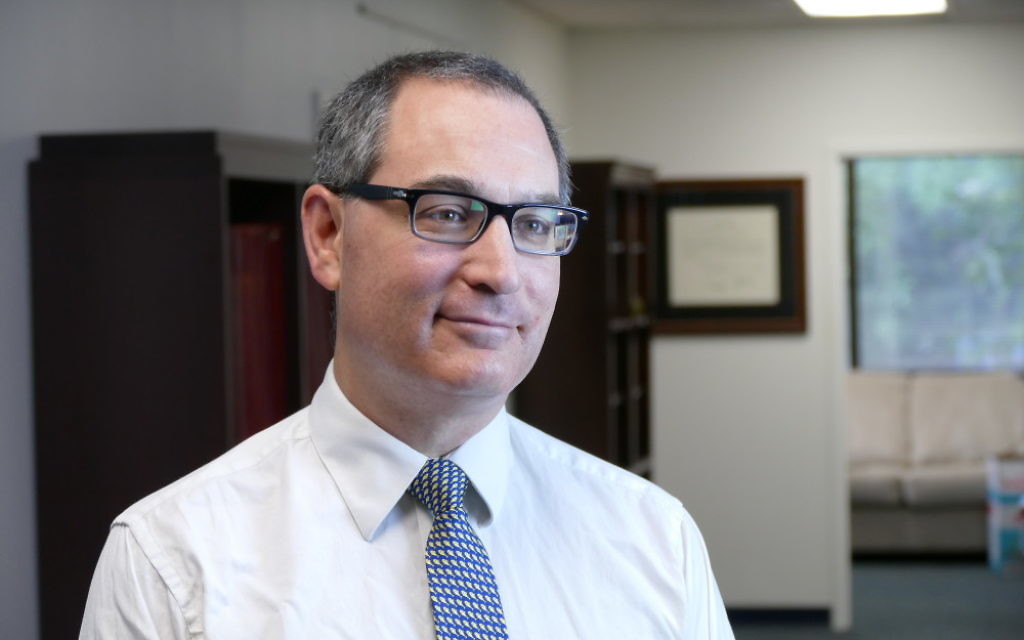Editor’s Notebook: Black-and-White Questions
My last car had a broken left headlight, and whenever it rained enough, the bulb blew out. I kept changing the bulb, but I’m sure I drove for thousands of hours at night with one headlight dark.
My current car has a taillight problem. I don’t know how often I’ve driven with one or the other light malfunctioning, but at least half the time when I get an oil change, the technician notifies me that I have a burned-out taillight.
No police officer has pulled me over for having a bad headlight or taillight.
Get The AJT Newsletter by email and never miss our top stories Free Sign Up
By contrast, police around Minneapolis and St. Paul pulled over Philando Castile 52 times from 2002 until this year. The 53rd stop, reportedly for a broken taillight in Falcon Heights, Minn., ended with a police officer fatally shooting Castile.
Was Castile stopped so many times because of his black skin? Did police let me slide because I’m white?
When I was in high school, my friends and I played a war game at night in a townhouse development. We were armed with various toy guns. Someone called the cops, and two police officers corralled four or five of my buddies.
One of the officers recognized what was going on and calmly talked to the group of respectful, obedient teenagers. The other officer seemed tense and pointed a handgun at one of my friends for several minutes.
If that officer’s finger had slipped, if my friend had made a sudden move, an unarmed teenager could have been shot. It ended peacefully, but what if we had been black? What if we had been a couple of miles away in a subsidized housing project?
There’s no way to know. Each interaction between a police officer and a citizen is unique and should be judged individually.
Black people are not alone in falling victim to the small percentage of bad police officers who escalate confrontations and forget that their job is to protect and serve. In a nation of 320 million people, the numbers reflect a problem, not a crisis.
According to The Washington Post, 987 people were killed by police gunfire in 2015. About half were whites (who make up 62 percent of the population), and a quarter were blacks (who make up 13 percent of the population). The Post counted 38 unarmed blacks and 32 unarmed whites among those killed, although, as the nonprofit Marshall Project reported, “unarmed” doesn’t necessarily mean they weren’t endangering officers.
Regardless, the black community has a common perception of being targeted by police, and that concern deserves to be answered without a debate over which lives matter. Arguing over slogans accomplishes nothing except to create more noise.
Doing nothing feels wrong, but doing something just to make yourself feel good isn’t right. We should start with the legal system, which gives too much of a benefit of the doubt to officers who kill.
It’s important to remember — to believe — that we all want the same thing. We want a nation where we can trust our police and where our police don’t fear that every public disturbance will turn into a life-or-death situation. Where our children can play outside safely and where a broken taillight isn’t fatal.
As President Barack Obama said, it was a tough week for America, but 2016 isn’t 1968. We’re not seeing political assassinations. Protests actually are peaceful, and police aren’t treating them like (and turning them into) riots.
The shootings in Baton Rouge, Falcon Heights and Dallas were terrible things. As is so often the case these days, we can respond by playing politics, or we can work together to try to make our country better.






comments